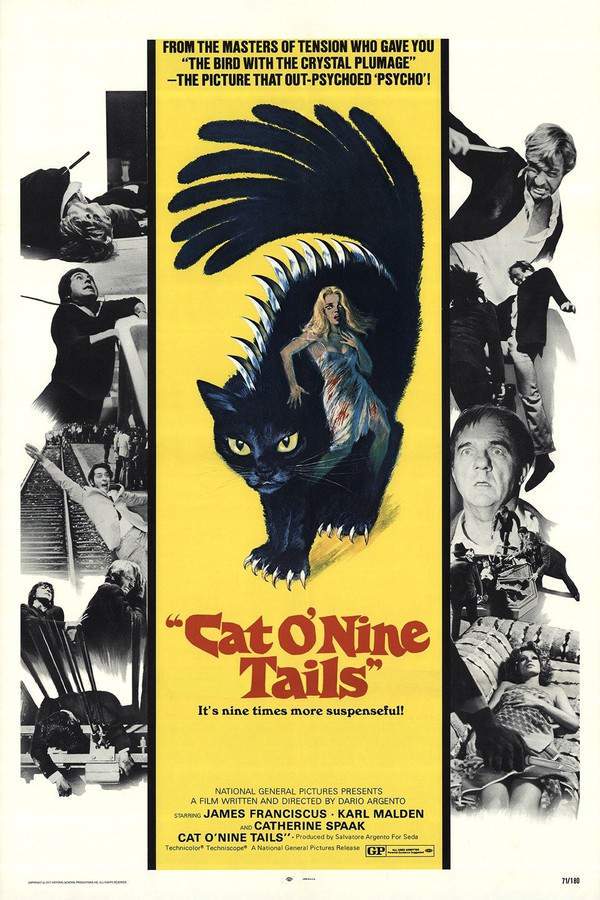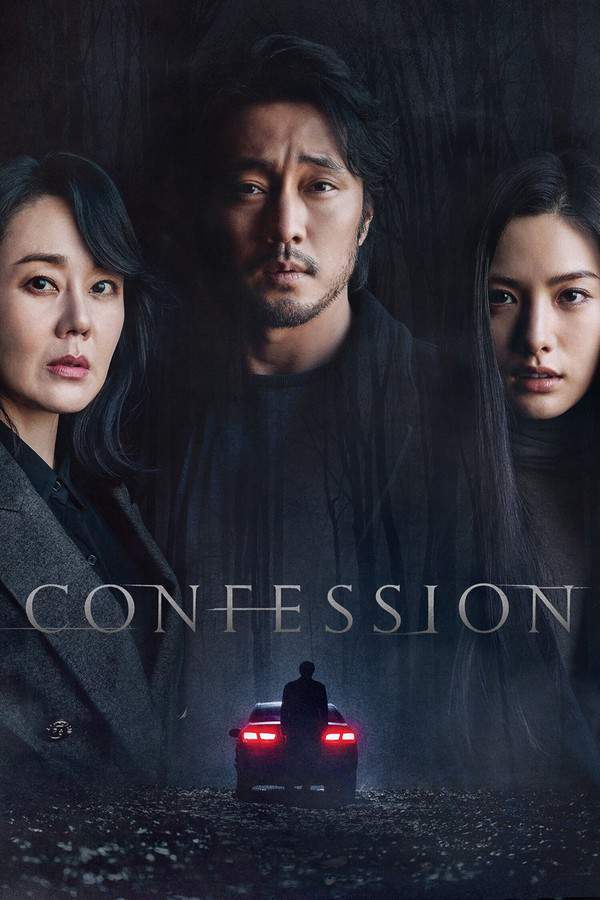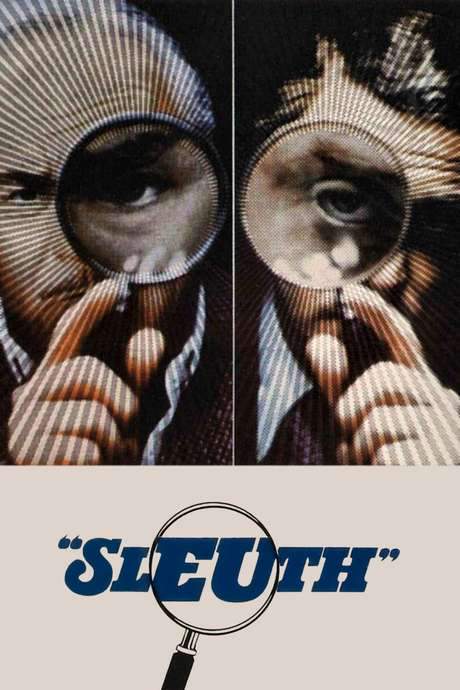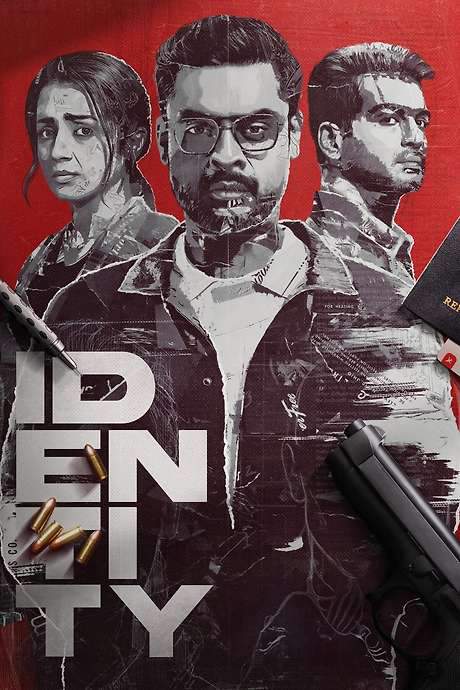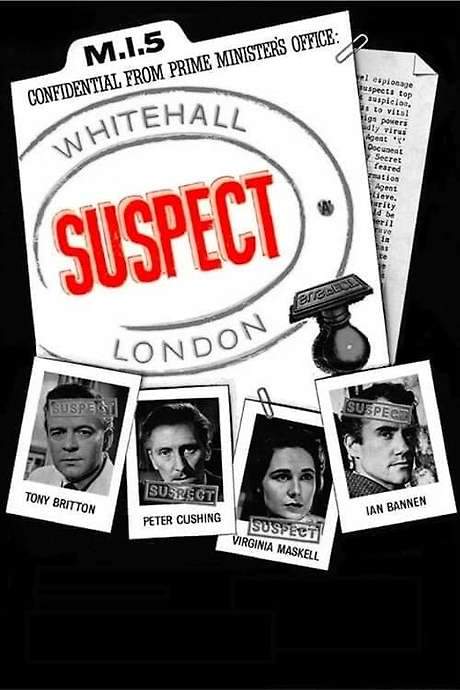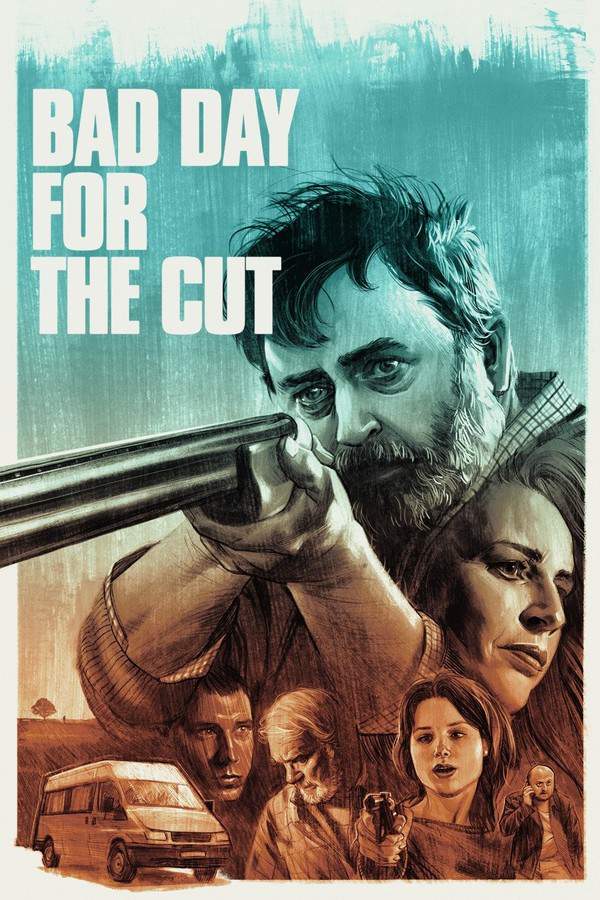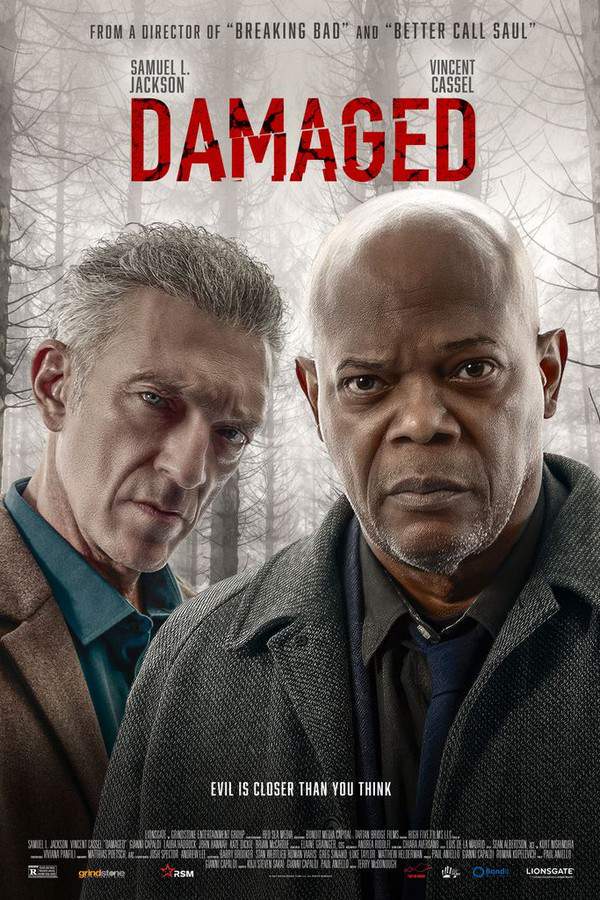
Baishe Srabon
Year: 2011
Runtime: 138 mins
Language: Bengali, Bangla
A serial killer terrorizes Kolkata, leaving a trail of cryptic Bengali poetry at each murder scene. Stumped, the police enlist a seasoned, retired officer whose intuition and experience become crucial in decoding the verses and tracking down the elusive perpetrator. His past investigations give the team a unique edge as they race against time to prevent further killings.
Warning: spoilers below!
Haven’t seen Baishe Srabon yet? This summary contains major spoilers. Bookmark the page, watch the movie, and come back for the full breakdown. If you're ready, scroll on and relive the story!
Baishe Srabon (2011) – Full Plot Summary & Ending Explained
Read the complete plot breakdown of Baishe Srabon (2011), including all key story events, major twists, and the ending explained in detail. Discover what really happened—and what it all means.
In the shadowy nights of Kolkata, a string of murders unfolds with a chilling pattern: the killer writes a verse from Bengali poetry beside each victim, turning poetry into a deadly clue. The city’s police are left baffled as the trail grows colder, and ACP Abhijit Pakrashi [Parambrata Chatterjee] battles to connect the seemingly disparate deaths. His personal life strains under the weight of the case, especially with Amrita Mukherji [Raima Sen], a sharp TV journalist who covers the murders and becomes his confidant as the pressure tightens around him. The case takes an unexpected turn when Commissioner Amit Kumar Srivastav [Rajesh Sharma] insists on bringing back ex-DCP Probir Roy Chowdhury [Prosenjit Chatterjee], a volatile and notoriously blunt investigator who has a history of controversial methods. The reunion of these forces sets the stage for a battle of wits, temperament, and buried grievances as the clock ticks toward the next poetic anniversary.
As Abhijit and Probir team up, Amrita teams with Surjo Sinha [Abir Chatterjee], a fellow investigator and writer who helps peel back the public-facing facade of the killer’s motive. Together they craft a lens for their TV-series-inspired inquiry, while Amrita and Surjo navigate the emotional undercurrents of the investigation, including moments of jealousy and vulnerability that briefly threaten to derail their professional focus. The duo’s discussions about poets and poetry lead them to a crucial insight: the killer seems to strike on the death anniversaries of renowned Bengali poets, a pattern that could unlock the case’s final, devastating sequence. When they identify 29 June as the next target—the death anniversary of Michael Madhusudan Dutt—their suspicion pivots toward the elusive figure of Nibaron Chakraborty [Goutam Ghose], an eccentric poet who roams the city with a belief in the Hungry Generation movement.
Amrita’s prison visit to learn more about Rafique Ahmed and his confidant during his long imprisonment—Nibaron—plants the seed of doubt about Nibaron’s innocence. Nibaron’s insistence on meeting “Rabindranath” during their interview—and his surreal, almost haunted demeanor—pushes the investigators toward a deeper psychological reading of the killer’s mindset. A tense sequence at a cemetery escalates emotions: Abhijit, still processing personal pain, and Probir share fragments of their own losses, and Probir’s blunt wisdom about endurance and strength fuels their perseverance. Yet the duo’s breakthrough comes not from a single revelation but from a disciplined synthesis of their alternating viewpoints, recognizing that the death-date pattern aligns with a broader, orchestrated scheme rather than random violence.
The investigation intensifies as Probir and Abhijit narrow their focus to Nibaron’s nocturnal routines, suspecting a link to the murders. They visit Nibaron’s home under the guise of journalism, probing his stance on the Hungry Generation. The evidence appears to point toward Nibaron, but a shocking twist soon dispels the illusion: Swapan, Nibaron’s supposed servant, emerges as a pivotal figure in the killer’s network. Swapan [Sumit Samaddar] (also known as Kanai) reveals a dark truth that turns the case on its head: Nibaron’s inner circle has been complicit in the killings, and the real mastermind is closer to home than anyone suspected. As the pieces fall into place, the investigation exposes a calculated manipulation of Nibaron’s past—centering on a book fair arson and a carefully crafted lie that framed the poet and forced his suicide. The discovery of a final couplet beside Nibaron’s body confirms this grim manipulation and seals the first major arc of the case.
The truth, however, is only fully revealed after a cataclysmic twist: Rabindranath Tagore’s death anniversary is approaching, and Probir engineers a chilling public confrontation with a figure he calls Rabindranath Mitra, a publisher. Abhijit is stunned to learn that Swapan—whom he trusted as a loyal ally—turns out to be Probir’s own servant, Kanai, and that the mastermind behind the murders was none other than Probir Roy Chowdhury himself. Kanai’s role as the executor of the killings is laid bare, and Probir’s motive is revealed: a violent vendetta against the police for his suspension, built on deceit, framing, and a grotesque sense of revenge. With the pieces in place, Probir confronts Abhijit and makes clear that his hatred of murder has driven him to commit murder himself, even as he contends with the moral paradox of his own actions.
The culmination is devastating. After reciting what he believes to be the final couplet, Probir takes his own life, fading from the scene in a blaze of moral ambiguity that leaves Abhijit reeling and the city stunned. The case, at last, closes with Probir’s confession and suicide setting a somber tone for the truth that has emerged: a man, embittered by professional failure and personal loss, weaponized poetry and trust to enact vengeance. Abhijit, left to confront the cost of the revelations, must reckon with the fact that the line between heroism and complicity can blur in the darkest moments of a case that began with a killer’s verses and ended with a man’s lone, fatal decision.
The narrative unfolds with a steady, relentless pace, blending police procedure with intimate character drama. It explores not only the mechanics of a high-stakes investigation but also the toll it takes on relationships—between lovers, colleagues, and a city haunted by poems that become sequels to tragedy. The film uses its Kolkata backdrop to heighten tension, placing a stylish but somber lens on the pursuit of truth across a landscape where art and violence collide. In the end, the truth is as elegiac as the poems that begin and end the killer’s deadly cycle, leaving a heavy, lingering impression of how far a person will go to avenge a perceived slight and how the line between justice and vengeance can become dangerously thin.
Keywords: Kolkata, poetry, serial murders, investigation, pattern, Hungry Generation, personal sacrifice, deception, mastermind, confession, suicide.
Last Updated: October 03, 2025 at 10:34
Explore Movie Threads
Discover curated groups of movies connected by mood, themes, and story style. Browse collections built around emotion, atmosphere, and narrative focus to easily find films that match what you feel like watching right now.
Investigations driven by cryptic clues like in Baishe Srabon
High-stakes investigations where a unique pattern is the key to stopping a killer.If you enjoyed the intellectual chase in Baishe Srabon, this list features movies like it where detectives must decipher a killer's unique signature. These crime thrillers and police procedurals focus on the puzzle itself, offering a suspenseful experience for fans of complex, clue-based investigations.
Narrative Summary
These narratives typically unfold as a cat-and-mouse game centered on decoding a pattern. The killer's signature becomes a central character, and the story's progression is tied directly to the investigators' ability to understand it, often involving a major twist related to the clues' origin or meaning.
Why These Movies?
Movies are grouped here for their shared focus on a cerebral investigation. They prioritize intellectual tension over pure action, creating a cohesive experience for viewers who enjoy the thrill of unraveling a complex, artful mystery alongside the detectives.
Bleak and morally complex crime stories like Baishe Srabon
Grim procedurals where the investigation uncovers profound moral decay and futility.For viewers who appreciated the heavy, somber tone of Baishe Srabon, this collection features similar movies with bleak endings and morally ambiguous characters. These thrillers and procedurals explore the dark side of justice and human nature, offering a psychologically intense and emotionally draining experience.
Narrative Summary
The journey in these films is as much about the investigator's own moral unraveling as it is about catching the criminal. The climax often subverts expectations of cathartic justice, instead delivering a conclusion that emphasizes the pointlessness of vengeance or the inescapability of a corrupt system, leaving the audience with a profound sense of unease.
Why These Movies?
They are united by a shared commitment to a dark, cynical tone and a bleak emotional resolution. The focus is on the psychological weight of crime and the often-futile nature of justice, creating a specific, heavy vibe for audiences seeking that particular experience.
Unlock the Full Story of Baishe Srabon
Don't stop at just watching — explore Baishe Srabon in full detail. From the complete plot summary and scene-by-scene timeline to character breakdowns, thematic analysis, and a deep dive into the ending — every page helps you truly understand what Baishe Srabon is all about. Plus, discover what's next after the movie.
Baishe Srabon Timeline
Track the full timeline of Baishe Srabon with every major event arranged chronologically. Perfect for decoding non-linear storytelling, flashbacks, or parallel narratives with a clear scene-by-scene breakdown.

Characters, Settings & Themes in Baishe Srabon
Discover the characters, locations, and core themes that shape Baishe Srabon. Get insights into symbolic elements, setting significance, and deeper narrative meaning — ideal for thematic analysis and movie breakdowns.

Baishe Srabon Spoiler-Free Summary
Get a quick, spoiler-free overview of Baishe Srabon that covers the main plot points and key details without revealing any major twists or spoilers. Perfect for those who want to know what to expect before diving in.

More About Baishe Srabon
Visit What's After the Movie to explore more about Baishe Srabon: box office results, cast and crew info, production details, post-credit scenes, and external links — all in one place for movie fans and researchers.


